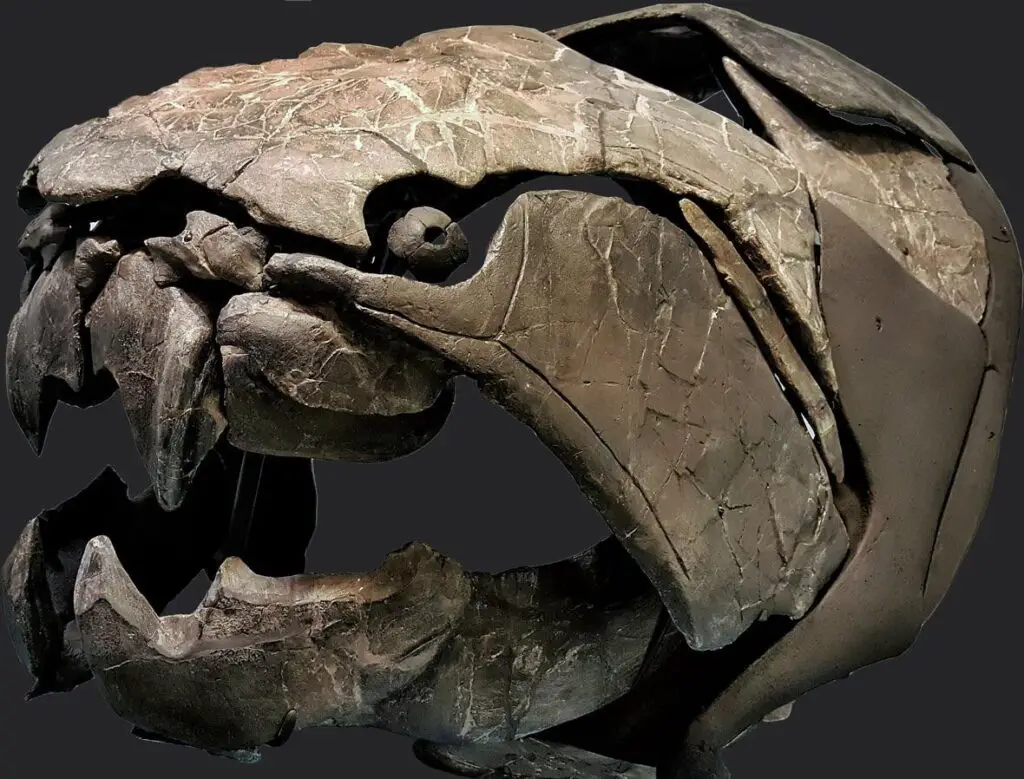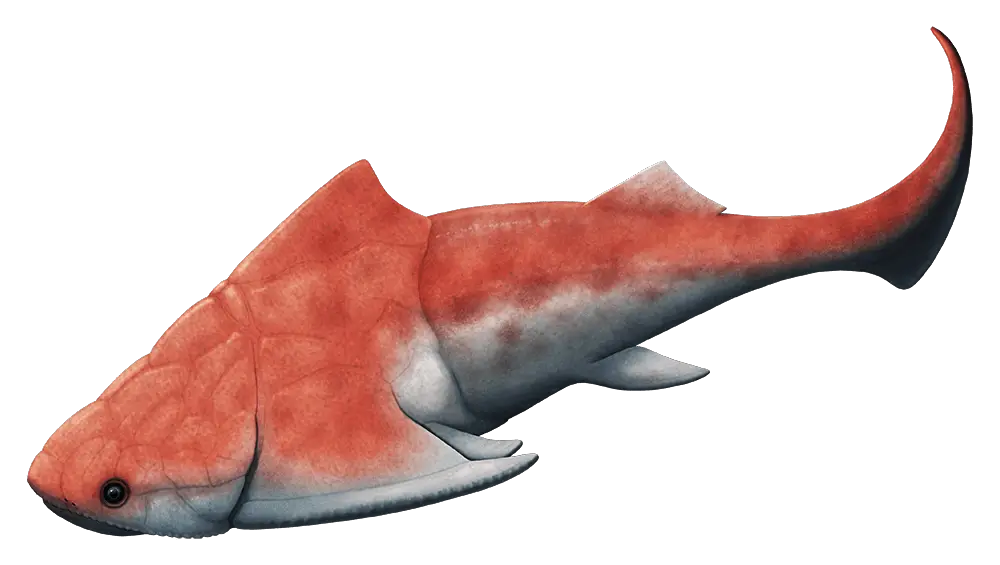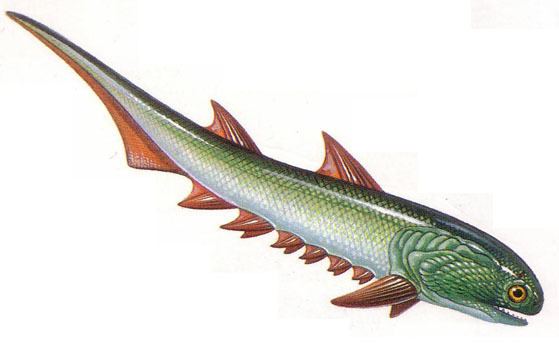Most of the workers believe that Placodermi evolved from the Ostracoderm because Placodermi shows very much similarity with Ostracoderms in various aspects. We can consider Placodermi as an updated version of Ostracodermi with some new advanced features which they gain during the course of evolution.
In Ostracoderms, we can see the bony external heavy armour which is also present in Placodermi. In Ostracoderms, we can not find paired appendages but in Placodermi, we can see paired appendages in the form of the powerful fin. In Ostracoderms mouth is jawless but in Placodermi, we can see jawed mouth first time, Placodermi is the first jawed Vertebrate.

Table of Contents
Heavy Bony Armour:
The name Placodermi have a special meaning, in some species of Placodermi, we can see bony armature which resembles a bony plate on their body, the presence of bony plate on their body make them known as Placodermi. We know that Ostracoderms also have bony armour but the bony armature present in Placodermi show some differences with Ostracoderms.
The bony armour on the skin of Placodermi is not fully covered, the head and most part of the trunk is covered by the bony armour but the rest part of the body remains uncovered by the bony armour. The presence of the dermal plates on their body make them famous as Placodermi and it represents that they are connected to Ostracoderms.
Body Size:
Placodermi shows great variation in their body size, some species are small in the range of a few centimetres while some species are very large in size, up to 3 meters or more than that. For example The Giant Predator, Dunkleosteus reach a length of around 10 meters. All the Placodermi show great variation in their size and shape but all are less or more similar externally due to the presence of a bony exoskeleton.
First Jawed Vertebrate:
Before Placodermi all the Vertebrates were jawless, Placodermi show jaw first time, the jawed mouth separate them from other primitive Vertebrates. Workers believe that the first pair of gill bars (mandibular arch) present before the first gill slits are modified into the jaw.
The hyoid arch remains persistent and unmodified which extends and provide support to the jaw, spiracles unable to arise due to the presence of persistent hyoid gill arch. The bony jaw present in Placodermi with the support of hyoid arch is known as aphetohyoidean type jaw.

The jaw in Placodermi was extra support which makes their jaw powerful and effective, due to the presence of this powerful jaw they become more powerful and become predators in the aquatic environment.
With their development of a strong jaw, the purpose of the bony exoskeleton become meaningless so with time the jaw become more evolved and powerful, the bony armour starts to disappear with time. The bony armour prevent their swiftness, with the disappearance of their heavy exoskeleton they become more swift, their strong jaw and faster swimming make them powerful predators and help them to defend themselves against other predators.
Paired Fin:
The presence of paired fin make them strong in navigation in water and it helps them to become more powerful predators. The paired lateral fin make them able to move in any direction, left, right, upward or downward direction and the paired lateral fin prevent their rolling in the water and make them stable.
But if we notice their timespan on our earth then we will find that Placodermi was lived on our earth for a very short span of time. Workers find to answer the question, why Placodermi become extinct so quickly, most of the workers believe that the evolution of modern fish pushes Placodermi to become extinct.

A group of fish evolved from the Ostracodermi, Acanthodii was the reason for their extinction. Acanthodians have powerful teeth in their lower jaw which makes them stronger than the Placodermi and the acanthodians become strong become predators of the Placodermi which results in the extinction of Placodermi. Their very little time span in the evolutionary history of Gnathostomata is commonly known as an ‘unsuccessful ancient experiment’.
Reference Class Placodermi General Characteristics Classification Phylogeny
Detailed Study On
Classification of Cyclostomata
Characteristics Features of Cyclostomata
Economic Importance of Petromyzon
Nervous System and Excretory System of Petromyzon
Respiratory System and Circulatory System of Petromyzon
Digestive System and Feeding Mechanism of Petromyzon
Anatomy of Petromyzon (Lamprey)
Hi Everyone!!! Welcome to Imaluop. Imaluop always try to learn some new and he want to share to other people. Here we will try to learn various topics on Science, specially on Biological Sciences.